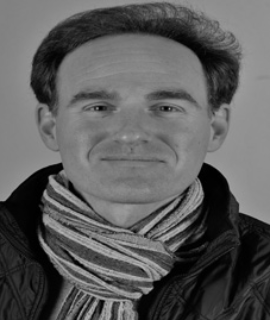Title: Low-level light therapy: Current state of research and clinical applications
Abstract:
"Photobiomodulation“ respectively „Low-Level Light Therapy (LLLT)” is the application of light of different wavelengths, power and energy densities in various fields of medicine, e.g. for tissue regeneration and scarring, blood perfusion and pain therapy.
This lecture provides a brief survey of the current state of research in the field of photobiomodulation in dentistry, in oral- and maxillofacial surgery as well as in plastic, aesthetic and reconstructive surgery. Results from the first controlled laboratory trial on the effect of pulsating cold red light on angiogenesis at the chick chorioallantoic membrane (CAM) are presented as well as clinical cases from plastic surgery.
As light source a Repuls7 (medical product class 2b by Repuls Lichtmedizintechnik GmbH, Vienna), consisting of 7 LEDs (Light Emitting Diodes), emitting pulsating incoherent red light at a wavelength of 635nm was applied. Photos from the blood vessels trough a reflected-light microscope were taken once every day and analysed for the junctions of the blood vessels. In the CAM assays treated with LLLT the number of junctions was higher compared to the CAM assays in the control group.
Our results reveal that the effect of photobiomodulation at 635nm wavelength on angiogenesis can be verified in comparison to a control group on the CAM model. Angiogenesis is an important factor regarding wound healing and tissue regeneration. Due to the specific properties of the chicken CAM model, the information value from the clinical point of view is higher than in “conventional” pure in-vitro experiments.
Findings from these laboratory experiments correspond well with experiences from routine clinical application of LLLT in plastic surgery, especially regarding wound healing, and will be presented in this lecture.




